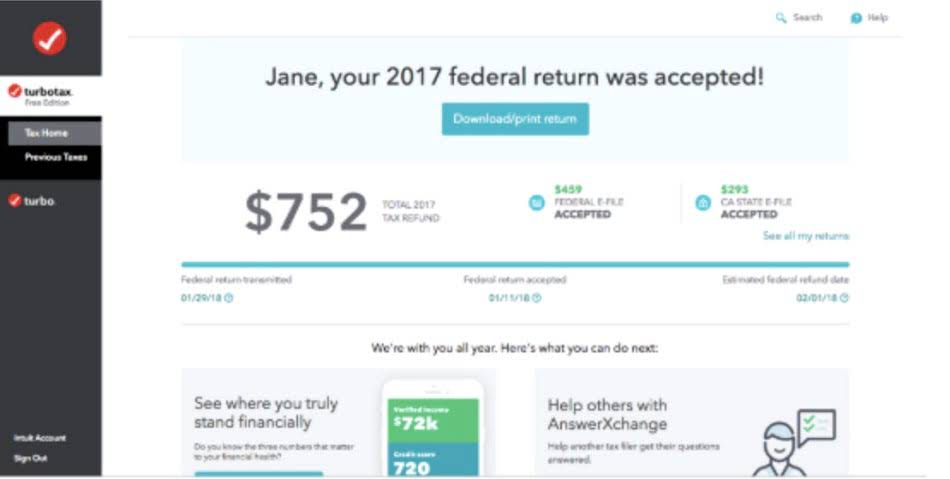
Staying on top of your accounts payable tasks is of the utmost importance, but it can be difficult trying to juggle everything at once. You might consider offloading certain tasks to other teams or departments, depending on what they’ve already got on their plate. There isn’t necessarily a right or a wrong way to manage your AP cycle as long as you’re hitting your targets and getting everything done on time. Modernize your entire accounts payable process from invoice capture to approval workflows with cost-effective payment options. The prime cost constitutes a majority of a restaurant’s expenses because it includes all of the food and beverage ingredients, as well as all payroll costs, taxes, and benefits.

A standard chart of accounts includes assets, liabilities, expenses, revenue, and owner’s equity. If you have stacks of vendor invoices on your desk, you might want to spend five minutes to discover how automating your restaurant accounts payable (AP) can vastly simplify your life. The Restaurant ONE Accounts Payable Module is a single system, with a single database. The system contains data for multiple corporations with different bank accounts.
Point-of-sale (POS) Transactions:
By analyzing your cash flow on a weekly basis, you can assess how your sales and the corresponding cash flow ebb and flow over time. Doing this allows you to plan for seasonal times when cash reserves may be an issue. One of the most important parts of owning a restaurant, or any small business for that matter, is understanding your cash flow. Additionally, having a higher GPPC ensures that you will have enough revenue to cover the fixed and semi-variable costs of operating your business. The Restaurant ONE Accounts Payable Module is designed to save time and costs by streamlining the processing of invoices.

It can free up time and resources for you and your team to focus on other business activities. Outsourcing your restaurant accounting can be a strategic option for many venues, especially if you don’t have the in-house expertise or resources to manage your finances properly. It’s crucial to regularly review your financial reports to track the progress of your initiatives and ensure they’re positively working towards your goals. If something isn’t working, make any necessary adjustments to your plan to stay on track. With the ability to slice, dice, and drill into that historical data, you can identify underlying trends in different datasets.
Restaurant Accounting: A Complete Guide
The more information you have quick access to, the more accurate your books will be. You need software that presents your true financial position to make informed and savvy decisions. Here are some key ratios to consider when reviewing the financial statements of your restaurant, specifically your weekly and monthly income statements. AP automation technology captures more precise data and then delivers detailed reporting to ensure contract price verification to hold vendors accountable.
While we have been inquiring about it for over a year they have yet to add this functionality. Both XtraChef and MarginEdge allow you deeper COGS and financial insights and controls directly in your POS system. You should see the information for your QBO account and can change any information through settings.
A Guide to Accounting for Restaurants
This allows for efficiency in a system where all the corporations are managed together. This also provides the practicality of separating accounting postings by each corporation. The system includes the ability to print checks with different bank account information. The system then allows the automatic printing of checks where the Restaurant ONE system automatically changes bank accounts when printing checks. The more automated and accurate the system, the better your business can perform. When onboarding new AP team members, it can be helpful to have an accounts payable training manual to help keep everyone on the same page and ensure that best practices are being followed.
For example, cross-reference sales by menu category to determine the best time to run a half-price appetizer promotion. While long-term trend analysis is important, you should also log revenue reports on the daily and weekly. You can also use your revenue reports to show you how to set realistic restaurant bookkeeping sales targets and evaluate operations. Accounting software aggregates your chart of accounts for you and automatically populates reports with the correct information. Manual AP processing isn’t transparent and can lead to accounting and reporting anomalies that are difficult to fix.
Those disparities can arise from inaccurate measurements, low-quality items, or incorrect pricing. Relying on vendors efficiently is the best way to fix these discrepancies. Restaurants get invoices from suppliers, including food distributors, equipment providers, and service providers. Due to the need to send and receive actual copies of bills, their handling can be more complicated. Our partners cannot pay us to guarantee favorable reviews of their products or services.
- AP automation can digitize invoice processing, recording vendor invoices as they arrive.
- With Restaurant365, you can get a comprehensive look into your accounts payable process and work to simplify your AP-related tasks as much as possible.
- Your COGS is the cost of your food and beverage inventory, which directly ties to the profit you make per plate sold.
- This means it’s easy to collate all your financial data on your COGS, sales, stock on hand, accounts payable, labor costs etc., to help manage your accounting.
- Every chef strives to optimize their menu, but many don’t know where to begin.
- Leave all the financial hassles to Outbooks and focus on offering the best dining experience for your customers.
Recent Comments